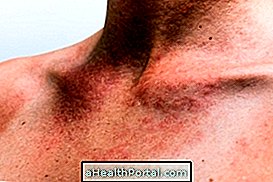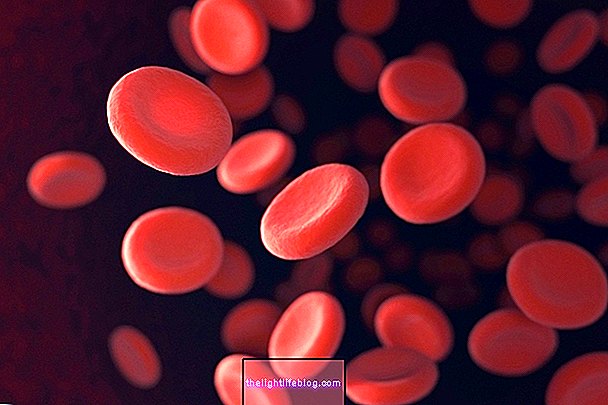The symptoms that characterize serum sickness, such as skin redness and fever, usually only appear 7 to 14 days after the administration of a drug such as cefaclor or penicillin, or even when the patient terminates its use, attacking the body cells by deceit and causing an allergic reaction.
This disease causes symptoms similar to other diseases like food allergy and therefore it is important to go to the doctor to make the correct diagnosis. Know the symptoms of an allergic reaction in: Symptoms of allergic reaction.
In this way, the main symptoms of the disease include:
- Redness and itching on the side of the fingers, hands and feet;
- Skin polka dots;
- Fever;
- General malaise;
- Joint pain;
- Difficulty walking;
- Swelling of the anus;
- Inflammation of the kidneys;
- Urine with blood;
- Belly swollen due to enlarged liver.
Generally, this response of sensitivity of the organism to a substance harmful to the organism is late, appearing a few days after the contact with the substance.
Treatment for serum sickness
Treatment for serum sickness should be directed by an infectious disease and include failure to take the medicine that caused the allergic reaction and take other medicines such as:
- Antiallergics like Antilerg to relieve the signs of allergy;
- Acids like Paracetamol for joint pain;
- Topical steroid application to treat skin changes.
Usually, the symptoms disappear completely within 7 to 20 days, and the patient will be cured, but improvements will be seen at the end of two days of treatment.
In more severe cases, intermixing may be necessary to make remedies through the vein and to take corticosteroids to relieve symptoms more quickly, leaving no consequences on the body of the affected individual.
Causes of Serum Disease
Serum sickness can be caused by various medicines like antibiotics, antidepressants or antifungals, for example. Some medicines that can lead to this disease can be:
| Penicillin | Minocycline | Propranolol | Streptokinase | Fluoxetine |
| Cephalosporin | Cefazolin | Cefuroxime | Ceftriaxone | Meropenem |
| Sulfonamides | Macrolides | Ciprofloxacin | Clopidogrel | Omalizumab |
| Rifampicin | Itraconazole | Bupropion | Griseofulvin | Phenylbutazone |
In addition, this disease may also be observed in patients treated with horse substances or vaccines with rabbit substances in their composition.























